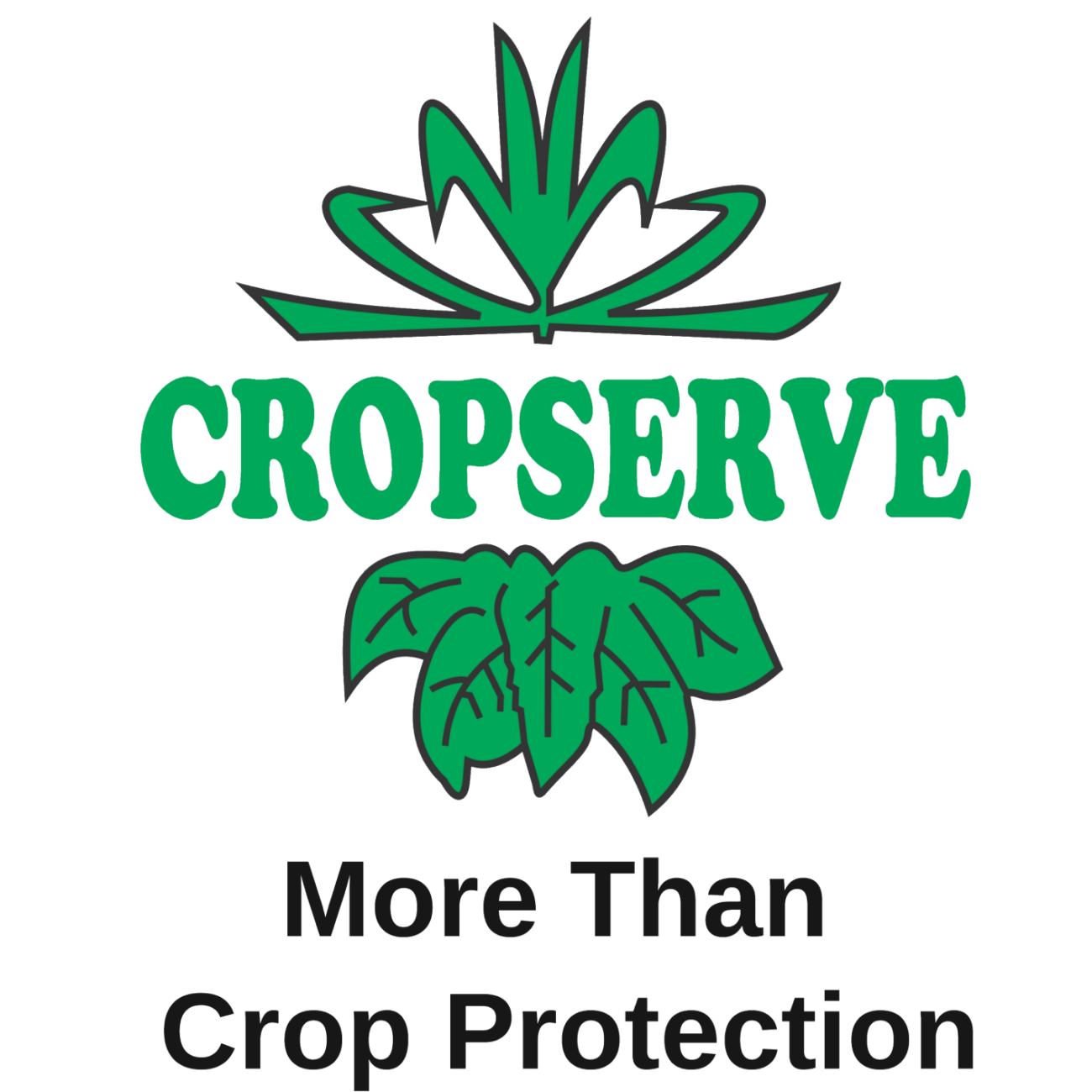TAXONOMY: Lepidoptera (order)
DESCRIPTION: Cutworms are moth larvae that hide under litter or soil during the day, coming out at night to feed on plants. Cutworms, biologically speaking, are caterpillars.
PEST IDENTIFICATION (Moth): Can be a variety of moths. The cutworm larva of the large yellow underwing (Noctua pronuba).
PEST IDENTIFICATION (Caterpillar/Larvae): Cutworms are usually green, brown, grey, or yellow soft-bodied caterpillars, often with longitudinal stripes, up 2.5 centimetres in length.
PEST IDENTIFICATION (Egg): N/A
DISTRIBUTION ON PLANT: Soil-dwelling. Feeds on newly emerged plants leaves or stems (transplanted crops). Cutworm larvae vary in their feeding behaviour; some remain with the plant they cut down and feed on it, while others often move on after eating a small amount from a cut/damaged seedling. Such a wasteful mode of feeding results in disproportionate damage to crops.
LIFECYCLE: The larvae can remain dormant in the soil over winter.
DETRIMENT TO CROPS: A larva typically attacks the first part of the plant it encounters, namely the stem, often of a seedling, and consequently cuts it down; hence the name cutworm.
MONITORING REMARKS: damage can be seen soon after crop emergence or transplanting.
ACTION THRESHOLD: Take preventative action.
CONTROL REMARKS: Apply a pyrethroid as a preventative spray before emergence immediately after transplanting. Wash into the soil.
Contact a Cropserve agronomist for further information.
.
Sorry, no products matched your criteria.




